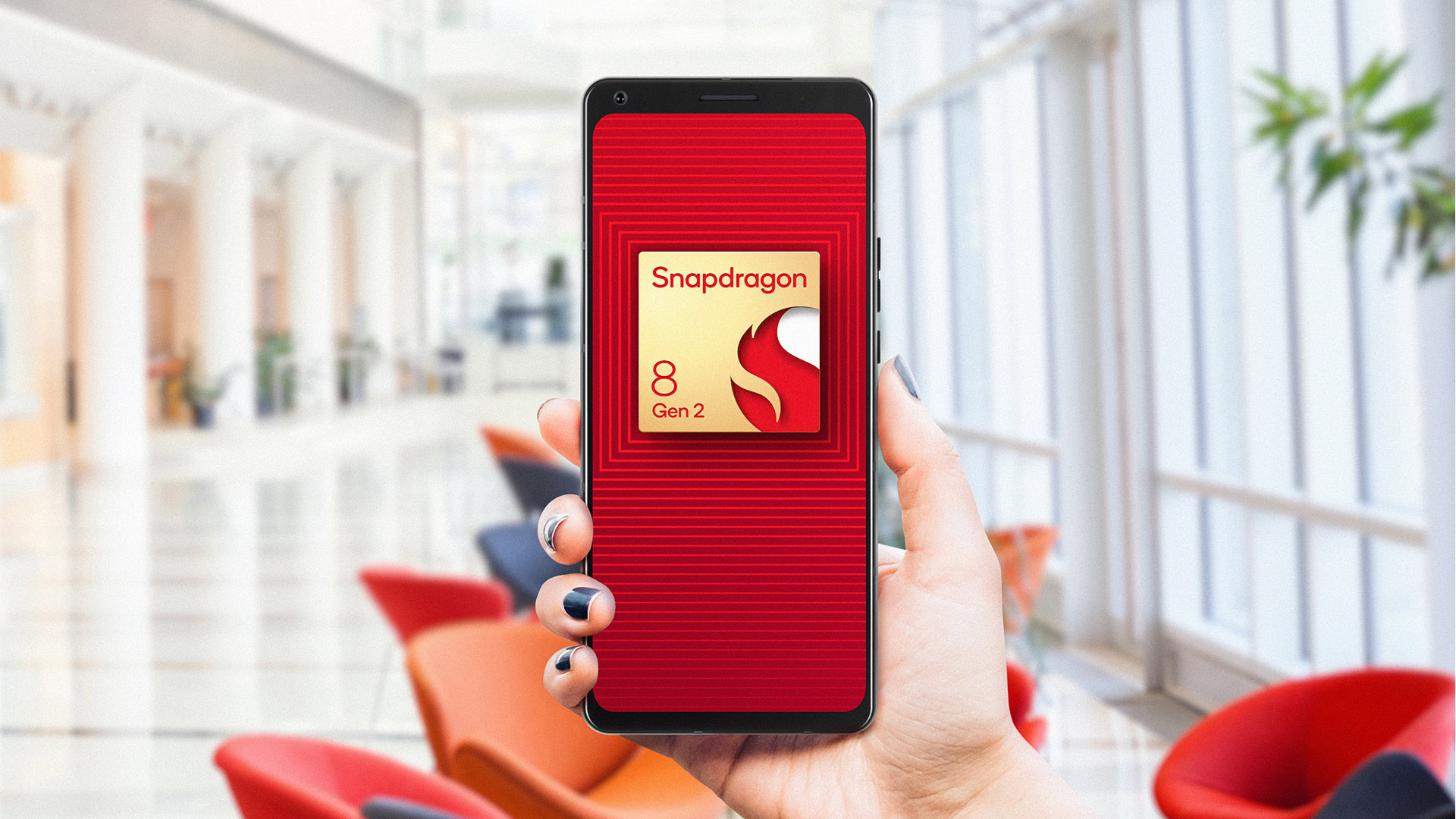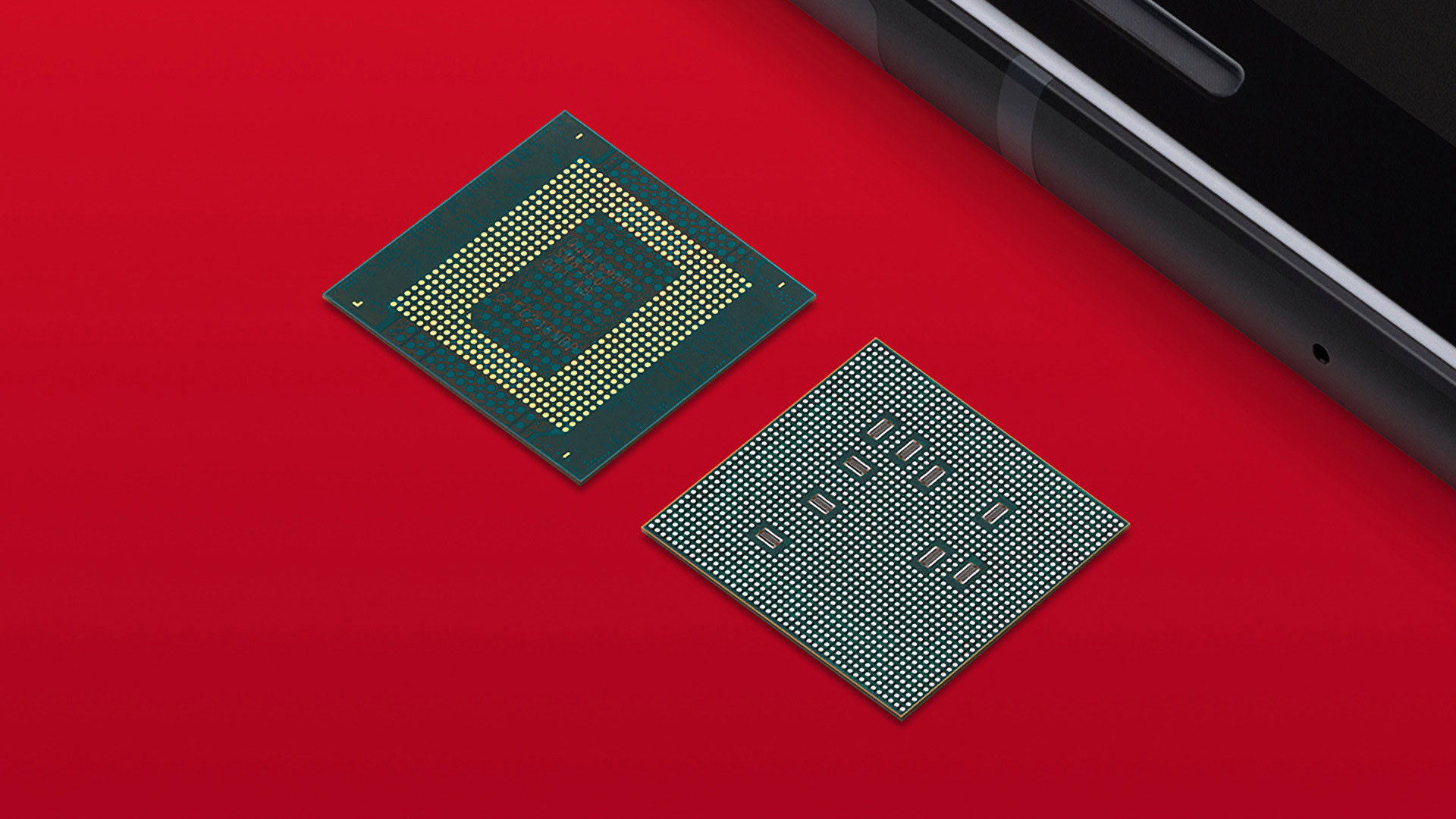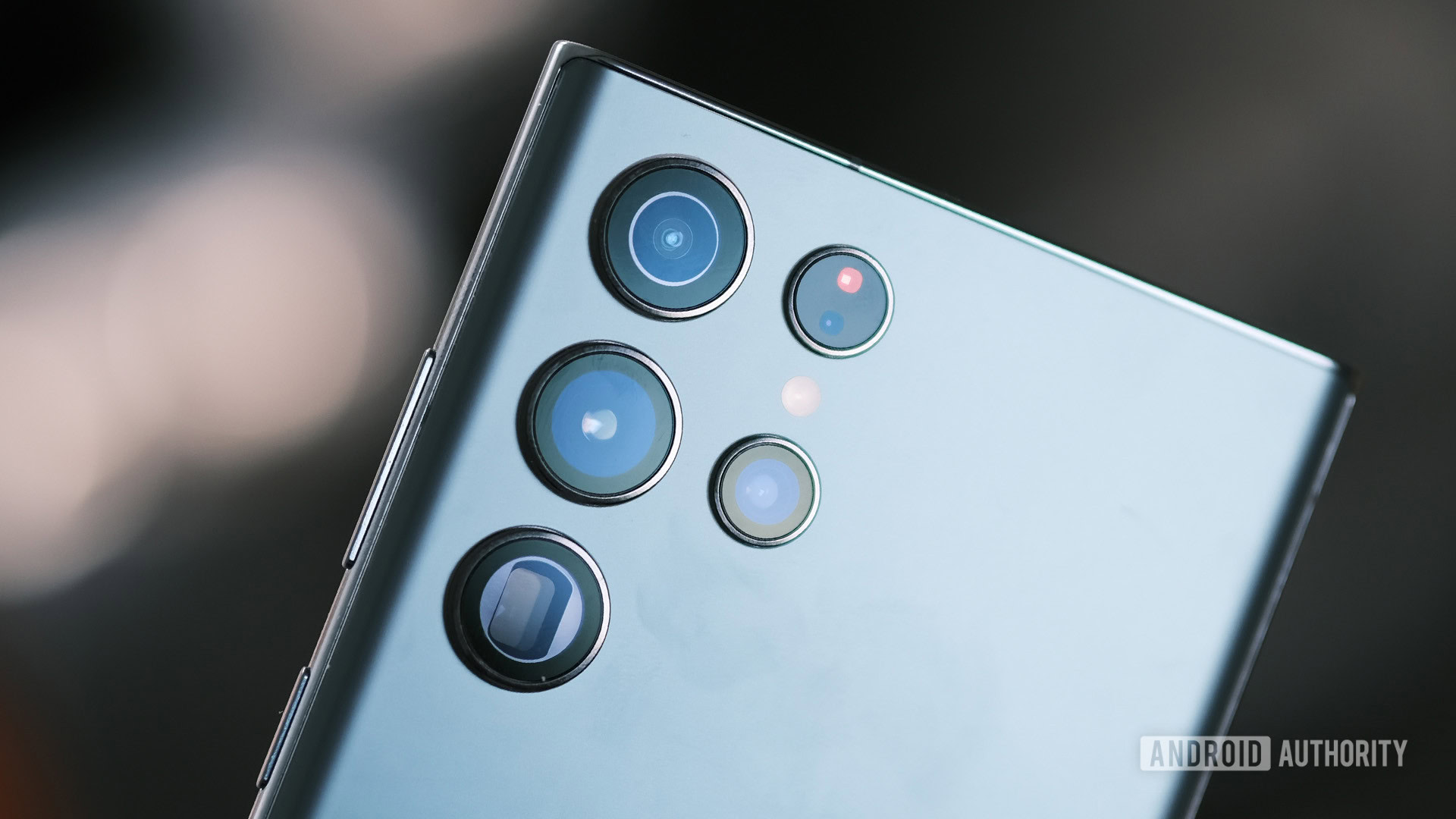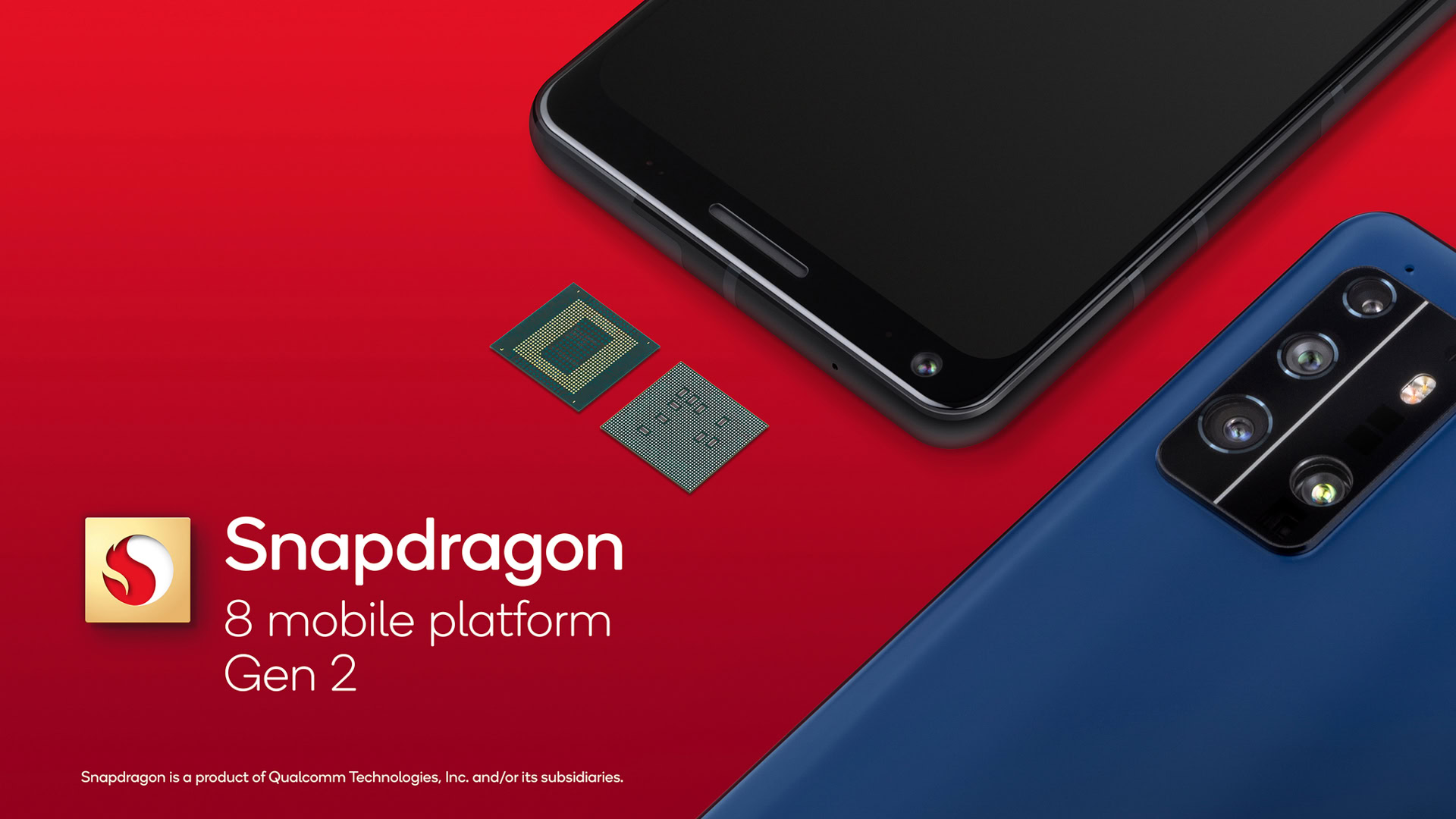Affiliate links on Android Authority may earn us a commission. Learn more.
Snapdragon 8 Gen 2 vs Dimensity 9200: Which chip will reign supreme?

Qualcomm and MediaTek are the two biggest third-party chip designers in the Android smartphone space. Everyone from Samsung and Xiaomi to OPPO and Motorola uses these chipsets in their phones.
The battle between the two players reached new heights in 2022 as the high-end Snapdragon 8 Gen 1 family duked it out with the Dimensity 9000 series. Now, the two have announced their 2023 flagship chipsets, namely the Snapdragon 8 Gen 2 and MediaTek Dimensity 9200. So how do they fare against each other on paper? That’s what we’re about to find out.
Snapdragon 8 Gen 2 vs Dimensity 9200 Specs
| Snapdragon 8 Gen 2 | Dimensity 9200 | |
|---|---|---|
CPU Config | Snapdragon 8 Gen 2 1x 3.19GHz (Cortex-X3) 2x 2.8GHz (Cortex-A715) 2x 2.8GHz (Cortex-A710) 3x 2.0GHz (Cortex-A510) | Dimensity 9200 1x 3.05GHz (Cortex-X3) 3x 2.85GHz (Cortex-A715) 4x 1.8GHz (Cortex-A510) |
GPU | Snapdragon 8 Gen 2 Adreno 740 | Dimensity 9200 Arm Immortalis-G715 MC11 |
Caches | Snapdragon 8 Gen 2 8MB L3 System-level cache TBC | Dimensity 9200 8MB L3 6MB system-level cache |
AI | Snapdragon 8 Gen 2 Hexagon (fused scalar, tensor, and vector) Mixed precision INT8/INT16 INT4 support | Dimensity 9200 APU 690 Sixth generation APU |
RAM support | Snapdragon 8 Gen 2 LPDDR5X | Dimensity 9200 LPDDR5X |
Camera support | Snapdragon 8 Gen 2 • 200MP single shot • 108MP single with zero shutter lag • 64MP+36MP with zero shutter lag • Triple 36MP with zero shutter lag • Hybrid AF • 10-bit HEIF image capture • HDR video • Multi-frame noise reduction • Real-time object classification, segmentation, and replacement • Video super resolution | Dimensity 9200 • 320MP single shot • 108MP single with zero shutter lag • AI noise reduction • AI dual stream shutter • Chromatic aberration correction for ultrawide • AI super resolution • Hardware ISP tagging |
Video capture | Snapdragon 8 Gen 2 8K @ 30fps (HDR) 4K UHD @ 120fps 720p @ 960fps | Dimensity 9200 8K @ 30fps 4K UHD @ 60fps |
Charging | Snapdragon 8 Gen 2 Quick Charge 5 | Dimensity 9200 N/A |
4G/5G Modem | Snapdragon 8 Gen 2 X70 LTE/5G (integrated) 10,000Mbps down 3,500Mbps up | Dimensity 9200 M80-based LTE/5G (integrated) 7,900Mbps down |
Other networking | Snapdragon 8 Gen 2 Bluetooth 5.3 Wi-Fi 7 Ready | Dimensity 9200 Bluetooth 5.3 Wi-Fi 7 Ready |
Process | Snapdragon 8 Gen 2 TSMC 4nm (N4?) | Dimensity 9200 TSMC 4nm N4P |
CPU: What to expect?

The CPU is really the meat and potatoes of any smartphone SoC, so how do these chipsets fare against each other?
Starting with the Snapdragon 8 Gen 2, there’s a pretty eclectic CPU setup here. It’s still an octa-core CPU but with an unconventional layout, consisting of one Cortex-X3 heavyweight core, two Cortex-A715 cores, two Cortex-A710 cores, and three Cortex-A510 efficiency cores. Qualcomm hasn’t confirmed the system-level cache but says the SoC is equipped with 1MB of L2 cache (presumably on the X3 core) and 8MB of L3 cache.
Qualcomm says it’s keeping two previous-generation Cortex-A710 cores to support 32-bit apps instead of adopting Cortex-A715 across the board. It’s also interesting to note that the company is bucking a tradition of offering three medium cores and four little cores in favor of four medium cores and three little cores this time. Nevertheless, the three remaining little cores also feature 32-bit support.
The Snapdragon 8 Gen 2 offers a rather different 1+4+3 CPU setup, featuring two older medium cores.
We’ve also asked Qualcomm if we’re looking at a merged core approach for the Cortex-A510s, and we’ll update you once we receive a reply. Arm’s merged core complexes allow a pair of Cortex-A510 cores to share resources like the L2 cache and SIMD engine, delivering a very slight performance penalty but taking up less space. In any event, it stands to reason that at least one of these cores won’t be of the merged variety, if Qualcomm is indeed taking this approach.
Meanwhile, the Dimensity 9200 adopts a more conventional CPU setup. It’s an octa-core design featuring a single Cortex-X3, three medium Cortex-A715 cores, and four Cortex-A510 little cores. The latter cores use Arm’s merged core complexes, differing from the standalone approach seen on the Dimensity 9000. You’re also getting 8MB of L3 cache and 6MB of system-level cache, in line with the previous SoC.
More reading: What you should know about Arm’s 2023 CPUs and GPUs
MediaTek has also clarified that the Dimensity 9200 indeed offers 32-bit support. However, it differs from Qualcomm’s approach by simply making the four little cores 32-bit compatible rather than using older medium cores as well.
In theory, this means Qualcomm’s chipset will be better on paper for those still running 32-bit apps. The additional performance of the A710 cores will aid app opening times and responsiveness, even in older, less demanding applications. However, 32-bit apps may be very few and far between, particularly in Western markets where Google has mandated 64-bit support since 2019.
The Dimensity 9200 is a more conventional take on flagship silicon, but is solely reliant on little cores for 32-bit apps.
It’s nevertheless interesting to see two somewhat divergent CPU layouts on offer here. Qualcomm’s 1+4+3 arrangement should boost multi-core benchmark scores past the Dimensity 9200. We’re not sure whether dropping that fourth little core will result in an efficiency hit, but Qualcomm told us that it’s optimized the performance cores for better efficiency. It’s also worth noting that the Snapdragon 8 Gen 2 offers a slightly higher clock speed for the Cortex-X3, suggesting a small single-core performance bump (subject to factors like cache size).
In saying so, the MediaTek chipset makes use of TSMC’s newer N4P 4nm process, while Qualcomm wouldn’t clarify which TSMC 4nm process it’s using. Meaning we’re inclined to believe it’s the slightly older 4N design. The newer process should deliver better efficiency on paper or up to a 6% performance boost, according to TSMC. MediaTek also says it’s improved heat dissipation capabilities by 10%, suggesting that sustained performance could see an improvement.
GPU: Ray tracing to go large in 2023?

The Snapdragon 8 Gen 2 boasts an in-house Adreno GPU (ostensibly the Adreno 740) that’s said to offer a 25% year-on-year performance boost, or 30% with the Vulkan 1.3 API. Qualcomm adds that you can expect up to 45% power savings as well. But the big new feature this year is that it offers hardware-based ray tracing support for more realistic shadows and reflections.
MediaTek, on the other hand, is using Arm’s latest Immortalis-G715 graphics (with 11 shader cores). This new part also supports hardware-enabled ray tracing, while the Taiwanese chipmaker says you can expect a 32% performance boost in the Manhattan 3.0 benchmark over last year’s SoC. It also asserts that the GPU delivers 41% power savings for the same performance as the Dimensity 9000. Otherwise, you’re also getting Vulkan 1.3 and variable rate shading capabilities, in line with the Snapdragon SoC.
Qualcomm and MediaTek join Samsung's Exynos 2200 in offering hardware-based ray tracing.
The two chipsets join Samsung’s Exynos 2200 in supporting hardware-based ray tracing features. We already know that some games are coming next year to take advantage of this technology, but which implementation is actually better between the two? Well, Qualcomm has confirmed that its ray-tracing solution uses more advanced Bounding Volume Hierarchical (BVH) tech, which is missing from the Arm Immortalis GPU.
So which GPU implementation comes out on top in general? Well, it’s not exactly an apples-and-apples comparison here, given the specific scenarios used to claim superiority. Nevertheless, the Snapdragon 8 Gen 1 family edged past the Dimensity 9000 series in previous GPU benchmarks. So we wouldn’t be surprised to see a similar gap this time, although both look beefy in terms of sheer horsepower.
Another factor to take into account is that Qualcomm’s Adreno drivers are generally considered superior, while game and app developers tend to target Adreno GPUs first. This could therefore be the difference maker in 2023 as well.
AI: Powering new experiences

Qualcomm is bringing an upgraded Hexagon digital signal processor (DSP) to the Snapdragon 8 Gen 2, as you’d expect. The new machine learning silicon brings a few seemingly small but key improvements.
For one, it has a dedicated power delivery system now, so it doesn’t have to rely on clocking other components, such as the GPU, at the same time to save on power. This should make for more efficient machine learning, with the chip designer claiming up to 60% more performance per watt in some scenarios, thanks to various other optimizations. Otherwise, the new Hexagon DSP is also bringing INT4 machine learning support, while the Tensor accelerator gains twice the performance.
Both MediaTek and Qualcomm are increasingly tying AI hardware to imaging silicon.
MediaTek didn’t initially mention INT4 support but the company told us after publication of this article that it does indeed support this option. You’re also getting some healthy gains elsewhere. The sixth-generation APU 690 brings 18% faster clock speeds and 30% better power efficiency. MediaTek also says you can expect 25% and 45% power savings when it comes to 4K AI noise reduction and AI super-resolution, respectively.
One interesting trend with these chipsets is that both are touting AI/ISP unification of sorts. Qualcomm has its Hexagon Direct Link tech, which essentially lets the image signal processor bypass comparatively slow RAM so it can directly talk to AI-related silicon. The chipmaker says RAW data can be passed from the ISP to the machine learning bits in this fashion. MediaTek, on the other hand, is touting “APU+ISP” capabilities, also allowing imaging data to be presented directly from the camera sensor to the APU for picture/video tasks. The net result should be more powerful AI camera features for both photography and video in next-gen smartphones.
Camera support hasn’t changed much

This seems like an iterative year in theory for both flagship processors, as maximum camera resolutions haven’t changed over the previous generation. But that’s just a small part of the story. Fortunately, we still see some interesting upgrades from both Qualcomm and MediaTek here.
The Snapdragon 8 Gen 2 still tops out at 200MP single camera shots (or 108MP with zero shutter lag), 64MP+36MP dual camera, 36MP triple cameras, and 8K HDR support. There are new additions like an improved bokeh engine and “Pro Sight” video capture for higher quality footage and improved editing capabilities.
We don't see changes to headline camera numbers here, but both MediaTek and Qualcomm are still making imaging strides.
But arguably, the biggest addition is real time semantic segmentation. Semantic image segmentation isn’t new, as most modern smartphones use this tech to identify and accurately process objects/subjects in photos. For example, we’ve seen phones use this tech to enable AI and portrait modes. However, Qualcomm says it’s now able to run this tech in real time, thanks to Hexagon Direct Link, making it feasible for videos as well. Plus, the company says its tech is able to identify elements like teeth, hair, flowers, and more for more specific processing.
Meanwhile, the MediaTek chipset brings the same 320MP single camera support as last year. But we also get 108MP single camera support with zero shutter lag, 8K/30fps recording (instead of 8K/24fps), native RGBW camera support, and chromatic aberration correction for ultrawide cameras. The Dimensity 9200 also brings AI Dual-Stream Shutter tech for reducing blur in photos, as well as hardware-based tagging to identify subjects/objects in scenes.
What else should you know?

These chipsets actually share a few other specs too, such as Bluetooth 5.3, early Wi-Fi 7 support, LPDDR5X RAM, UFS 4.0 storage compatibility, and AV1 decoding. The latter is a new addition to the Snapdragon 8 Gen 2, coming in a few generations after rivals offered the solution.
The AV1 codec delivers much smaller file sizes for the same video quality or better quality for the same file size compared to H.264, making it ideal for streaming. Unfortunately, neither SoC offers AV1 encoding just yet, so these same benefits don’t extend to recorded video clips.
Moving to the Qualcomm chipset, it also brings spatial audio with head tracking, a post-processing accelerator for gaming effects like motion blur and bloom, 5G dual-SIM dual active, and always-sensing camera support (e.g. hiding notifications when a second face is detected).
Meanwhile, the Dimensity 9200 has a few extra features of its own. This includes dual 5G SIM, AI picture quality enhancements, mmWave support for the first time in a Dimensity flagship chipset, and 144Hz refresh rate support at QHD+ resolutions (matching Qualcomm).
Snapdragon 8 Gen 2 vs Dimensity 9200: which is better?

It’s tough to call a winner at this point in light of the fact that we don’t have commercial devices to test just yet. However, we’re guessing Qualcomm might be the top pick when it comes to classic CPU benchmarks. Particularly in multi-core tests due to the increased medium core count. The GPU side of things is a little tougher to call, but it looks like the Snapdragon 8 Gen 2 could have the edge when it comes to ray tracing in particular.
The big question is whether Qualcomm or MediaTek will pull ahead in terms of battery life and sustained performance. Qualcomm’s decision to use an extra medium core and a higher Cortex-X3 clock speed suggests that it’s prioritizing peak performance over efficiency and sustained results. Meanwhile, MediaTek’s decision to use a newer manufacturing process, more little cores, a lower big core clock speed, and a focus on heat dissipation suggests that efficiency is the name of the game here.
Snapdragon 8 Gen 2 or Dimensity 9200?
There’s more to a modern smartphone chipset than just the CPU and GPU, though. But between mmWave support, tighter AI/ISP integration, and similar support for industry standards (including Wi-Fi, RAM, storage, video decoding), the differences boil down to smaller features. Whether smartphone brands will actually use these lesser-known features is another matter entirely.
Then again, the decision between Snapdragon 8 Gen 2 and Dimensity 9200 might not be a difficult one in light of Qualcomm’s dominance in the flagship tier. MediaTek has promised that Dimensity 9200 phones will be “more broadly available” than Dimensity 9000 handsets, but Snapdragon silicon is far and away the most popular high-end option in global markets.